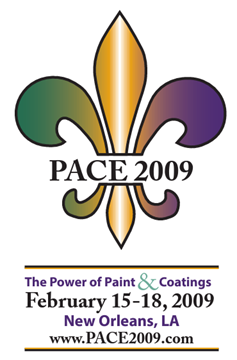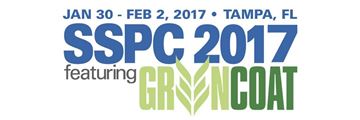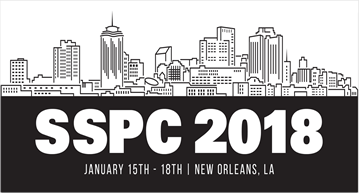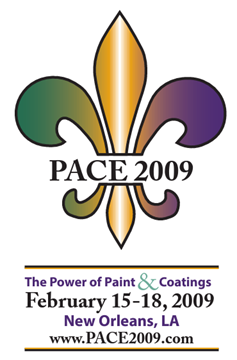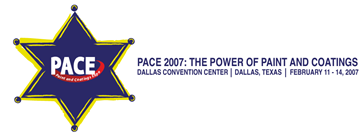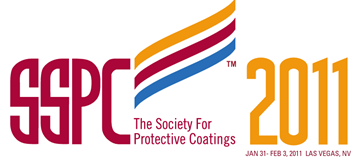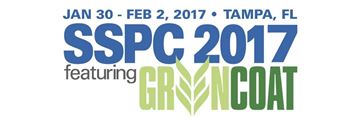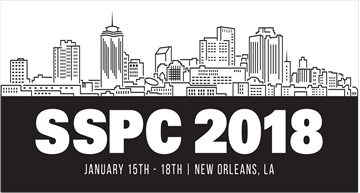Search
Products tagged with 'surface preparation'
View as
Sort by
Display
per page
New Method for Etching Concrete without the Environmental Drawbacks
Product Number:
41209-483-SG
Publication Date:
2009
$20.00
New Method for Etching Concrete without the Environmental Drawbacks
Product Number:
41206-251-SG
Publication Date:
2006
$20.00
NORMA CONJUNTA DE PREPARAÇÃO DE SUPERFÍCIES SSPC-SP 13/NACE No. 6 Preparação de Superfícies de Concreto
Product Number:
SSPC-SP 13-2018-NACE No. 6-2018-Portuguese
Publication Date:
2018
$179.00
NSRP-US Navy Initiatives to Reduce the Costs of Painting Navy Ships
Product Number:
41211-593-SG
Publication Date:
2011
$20.00
Organizing And Developying Volunteers To Preserve Historic Army Tanks For a Military Museum
Product Number:
51218-095-SG
Publication Date:
2018
$20.00
Overcoating Lead Based Alkyd Paint on Steel Penstocks: Practical Experience Using a high Ratio Calcium Sulfonate Alkyd (HR CSA) System
Product Number:
41209-498-SG
Publication Date:
2009
$20.00
Painting Practices for Floating, Storage and Offloading Systems
Product Number:
41211-655-SG
Publication Date:
2011
$20.00
Partial Blast of Ultra High Solids Coatings on Navy Ships
Product Number:
51217-024-SG
Publication Date:
2017
$20.00
Performance of Marine Coatings Applied over Flash Rusted Surfaces
Product Number:
41209-465-SG
Publication Date:
2009
$20.00

